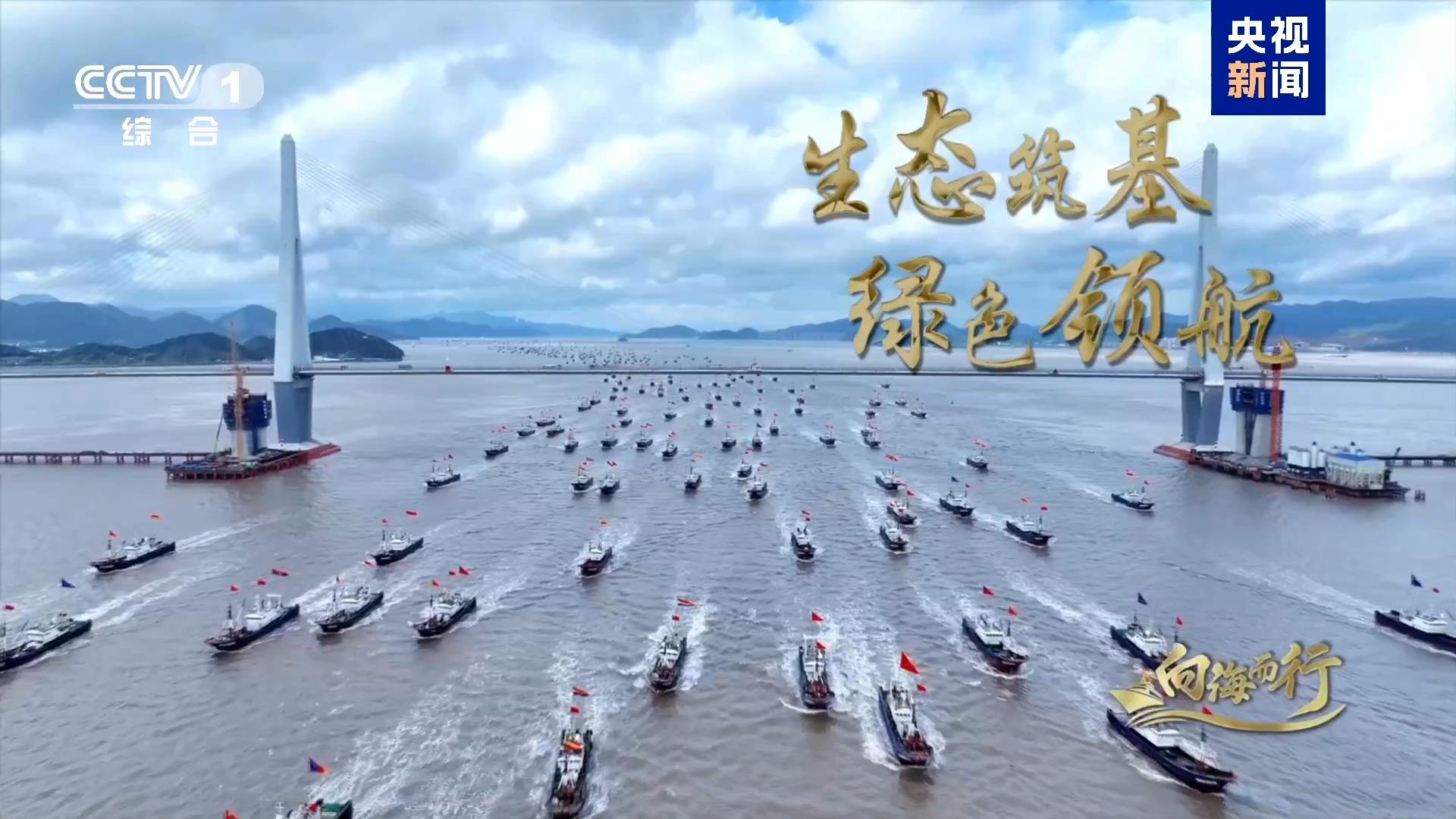
PRC Unveils New Space Plan
PRC Unveils New Space Plan
Executive Summary:
- The first national-level long-term plan for space science development from the People’s Republic of China (PRC) sets the goal of becoming a global leader by 2050, by which point it aims to lead in revolutionary scientific breakthroughs, deep space missions, and by becoming the global center for space science.
- Military strategists see commercial space as an essential strategic force for future conflicts, noting the deep integration of commercial space assets in modern warfare.
- The new plan will likely serve military purposes by facilitating research on dual-use technologies, such as space weather monitoring.
- The possibility of misperception and conflict will grow as the PRC begins to narrow the gap in its space capabilities with the United States.
On October 15, 2024, the government of the People’s Republic of China (PRC) released its first national-level plan for long-term plan for space, setting the goal of becoming a global leader in space science by 2050 (CAS, October 16). The document, titled the Mid-to-Long Term Plan for Space Science Development (2024-2050) (国家空间科学中长期发展规划), was coauthored by the Chinese Academy of Sciences (CAS; 中国科学院), the China National Space Administration (CNSA; 国家航天局), and the China Manned Space Agency (CMSE; 中国载人航天工程办公室). While it focuses on select research areas like exploring the universe for scientific purposes, the technologies required to meet those aims possess dual-use potential, which has major implications for strategic competition between the PRC and the United States.
Ambitious Plan Emphasizes Commercial Sector
The development plan identifies five scientific themes and seventeen priority areas for research, targeting complex topics such as Sun-Earth connection, space-based gravitational wave detection, microgravity science, and space weather observation. To achieve global leadership by 2050, the PRC’s roadmap outlines three phases: by 2027, it aims to achieve influential scientific breakthroughs via lunar and planetary exploration; by 2035, it plans to establish a lunar research station and advance in high-precision space observation; and by 2050, it seeks to lead globally with revolutionary scientific breakthroughs, deep space missions, and by becoming the global center for space science (CAS, October 16).
This plan builds on research that has appeared in earlier national schemes. For example, every five years, the PRC publishes white papers on its space program, showcasing the program’s progress to date and setting goals and major tasks for the next period. The evolution of these white papers reveals a steady expansion in ambition and scope, transitioning from establishing basic satellite systems and rudimentary space capabilities in the early 2000s to more advanced projects more recently, such as deep space exploration, space station construction, and lunar missions. The latest white paper, published in early 2022, broadened the focus to include space asset security, commercial launch sites, and building up its space stations. This reflects the PRC’s intent to position itself as a comprehensive space power, and can be interpreted as a bid to strengthen its space defense posture (CNSA, January 28, 2022).
Under the guidance of central planning, the PRC’s aerospace industry has achieved rapid advancements. The twenty-first century marked a turning point for the country’s space activities, beginning with the first taikonaut launch in 2003, followed by the Tiangong space lab in 2011 and the Chang’e-4 mission’s historic far-side lunar landing in 2019 (Reuters, December 2, 2020). Orbital launches have also surged, reaching 67 in 2023—triple the number in 2016—demonstrating steady growth in capability (Planet4589, January 15). The period August to October this year saw the launch of 102 satellites, including 36 that are part of the “Thousand Sails (千帆)” constellation (China Brief, September 6; Xinhua, October 18; China Space Monitor, October 31). Meanwhile, the PRC’s academic research in space science has expanded significantly. From 2000–2010, PRC researchers published 6,897 papers, accounting for about 0.96 percent of global space science publications (ISTIC, November 26, 2010). In the following decade, this number surged to 16,256 papers, representing a substantial rise to 10.51 percent of the global share (ISTIC, December 29, 2020). The country’s commercial space sector has likewise seen remarkable growth, with registered companies in the sector increasing from 194 in 2019 to 537 by 2023, according to Future Space (未来宇航), which aggregates information from across the commercial space sector (The Paper, November 9, 2020; 163.com, April 24). These developments reflect the country’s determination and investments to position itself at the forefront of global space science and technology.
Military Incentives Underpin PRC Space Program
PRC advancements in space science are closely tied to the strategic use of space in modern warfare. Observing US space dominance in conflicts dating back to the 1990–1991 Gulf War, the PRC recognized the critical role of space assets and began integrating information technology into its military strategy in the early 2000s. The 2001 edition of the doctrinal text the Science of Military Strategy (战略学) underscored this shift, with military researchers highlighting the strategic deterrence potential of advanced technologies, including space situational awareness (SSA), and stressing the need to incorporate space capabilities into military planning. [1] The recent use of SpaceX’s Starlink satellites in the Ukraine conflict has further intensified Chinese research on the dual-use potential of commercial satellites. The “Thousand Sails” constellation and other similar initiatives are in part a direct response to this. Observing how deeply integrated commercial space assets have become in modern warfare, providing fast, cost-effective, and highly targeted capabilities, PRC military strategists now see commercial space as an essential strategic force for future conflicts. [2]
The PRC’s new space development plan, while primarily focused on scientific exploration, may serve military purposes by facilitating research on some dual-use technologies. For example, one of the prioritized fields is space weather monitoring, which has direct military relevance due to its potential to disrupt satellite communications and GPS accuracy—both of which are critical for secure navigation and coordination. Space weather events such as solar flares and geomagnetic storms can interfere with these systems and directly impact battlefield operations (Army Techniques Publication, March 1, 2019). By improving its ability to monitor and predict space weather, the PRC can better safeguard its satellite assets and ensure continued communication and navigation capabilities during conflicts.
Some of the PRC’s military space capabilities have already been deployed. In 2007, Beijing demonstrated its anti-satellite (ASAT) technology with the destruction of a defunct weather satellite (Secure World Foundation, November 23, 2010). The BeiDou global navigation satellite system, meanwhile, now includes over 35 satellites. Offering independent global navigation capabilities crucial for military precision and logistics, BeiDou further aligns the country’s space infrastructure with national security objectives (The Diplomat, July 1, 2020; China Brief, March 1). The PRC has also demonstrated advanced rendezvous and proximity operations (RPO) capabilities in both low-Earth orbit and geostationary orbit, with satellites like Shijian-17 (实践十七号卫星) and Shijian-21 (实践二十一号卫星) conducting complex maneuvers. These operations, which include satellite grappling and relocating defunct satellites to higher graveyard orbits, indicate potential military applications in satellite interception and space-based surveillance (China Aerospace Studies Institute, June 3).
The United States has long established its leadership in a variety of militarized space technologies, and it maintains a significant lead over the PRC in several areas. As the PRC begins to narrow the gap, the possibility of misperception and conflict will grow. In 2021, the PRC complained to the UN about two near collisions between its Tianhe module (天河工程) and SpaceX’s Starlink satellites. The United States responded by emphasizing regular notifications for close approaches, but noted that the PRC had not used available communication channels (Breaking Defense, February 3, 2022).
Conclusion
The PRC’s first Mid-to-Long Term Plan for Space Science Development outlines an ambitious roadmap to become a global space science leader by 2050. This plan, though ostensibly focused on scientific exploration, includes technologies with dual-use applications that align closely with China’s military and strategic interests. Meanwhile, China’s rapid advancements in space infrastructure, research output, and commercial space growth underscore its commitment to this vision. As both China and the United States are accelerating space research and deployment, the two governments need to maintain engagement and establish clear communication protocols to prevent potential misinterpretations in an increasingly contested space environment.
Notes
[1] Peng Guangqian [彭光谦] and Yao Youzhi [姚有志], eds., Science of Military Strategy [战略学] (Beijing: Military Sciences Press, 2001), pp.132-133.
[2] Deng Lianyin [邓连印] et al., “Thinking and enlightenment of military aid to Ukraine by western civil and commercial space forces” [西方民商太空力量军援乌克兰的思考与启示], Aerospace Electronic Warfare [航空电子对抗], No.4, 2024, DOI:10.16328/j.htdz8511.2024.04.009.


